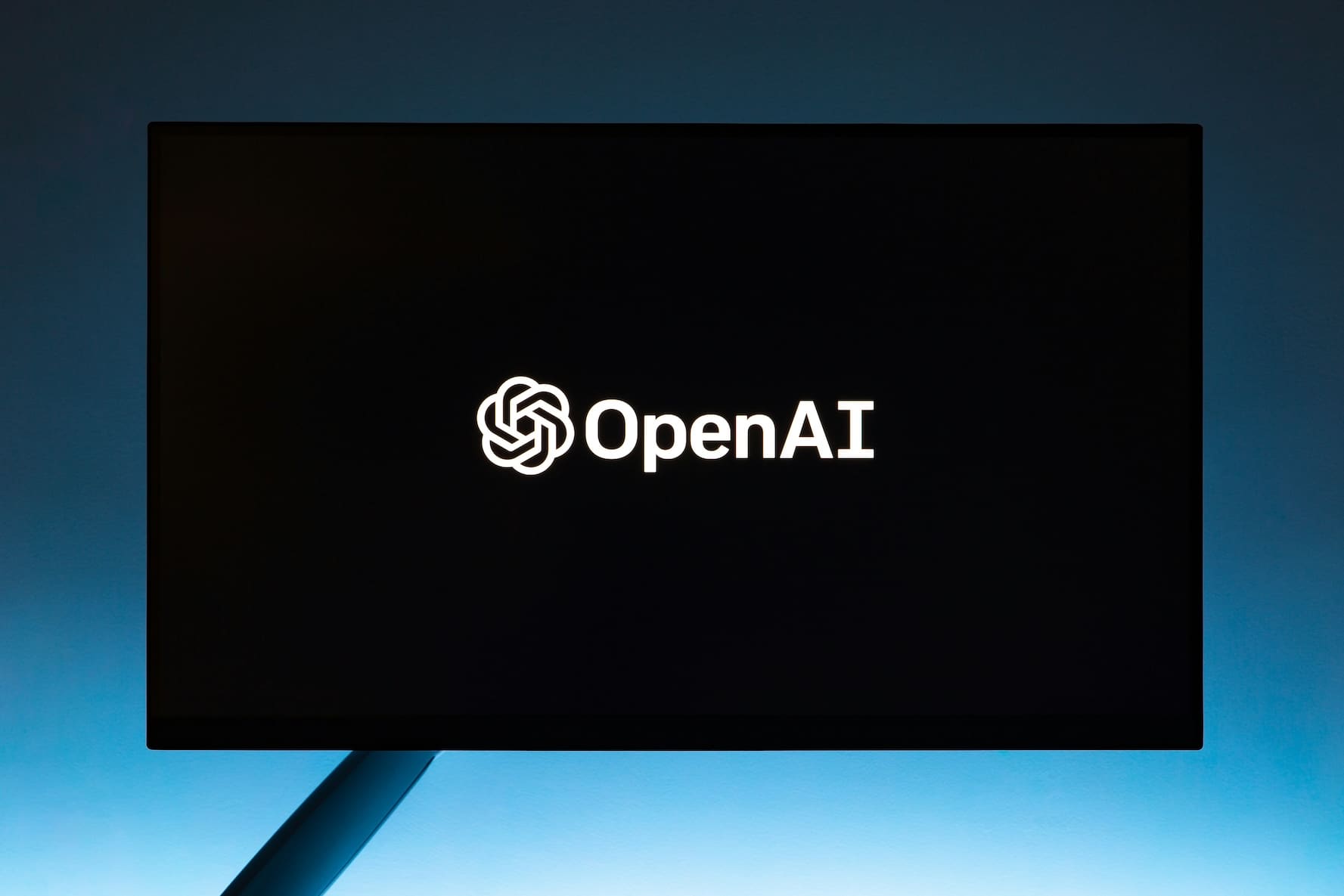OpenAI has hired Spas Lazarov, who was previously the director of engineering for data centers at Apple, as a new member of its technical team. Lazarov will play a key role in designing and developing infrastructure for the next generation of artificial intelligence models, during a time of rapid expansion for the company leading the advancement of generative AI.
Lazarov, with nearly eleven years at Apple, has been responsible for part of the architecture and operation of the data centers that the Cupertino firm maintains in North America, Europe, and Asia. His experience adds to nearly three decades at General Electric, where he held leadership roles in critical energy systems. Additionally, he is an active member of the global advisory council of Infrastructure Masons, an organization that brings together leaders in the digital infrastructure sector.
“I’m excited to join OpenAI as a member of the technical team, where we will design and build the most advanced AI infrastructure in the world, pushing the limits of power, cooling, and computing to enable research at an unprecedented scale,” Lazarov announced on his LinkedIn profile.
His joining coincides with the ambitious rollout of the project Stargate, OpenAI’s megaproject of data centers developed in partnership with various industry players. This effort is accompanied by multibillion-dollar cloud agreements, such as the one signed with Oracle, valued at more than $30 billion annually.
Lazarov thus joins a rapidly growing technical team. In recent months, Keith Heyde, former director of physical infrastructure at Meta; Chris Malone, who now leads the data centers area at OpenAI; and Melissa Du, one of the founders of Voltage Park, who also joined in March, have also come on board.
With these moves, OpenAI reinforces its commitment to building tailored infrastructure to train and deploy increasingly complex models, ensuring energy efficiency, scalability, and resilience. The company aims to lead not only in algorithms but also in the technical support that makes the future of AI possible.
via: LinkedIn

